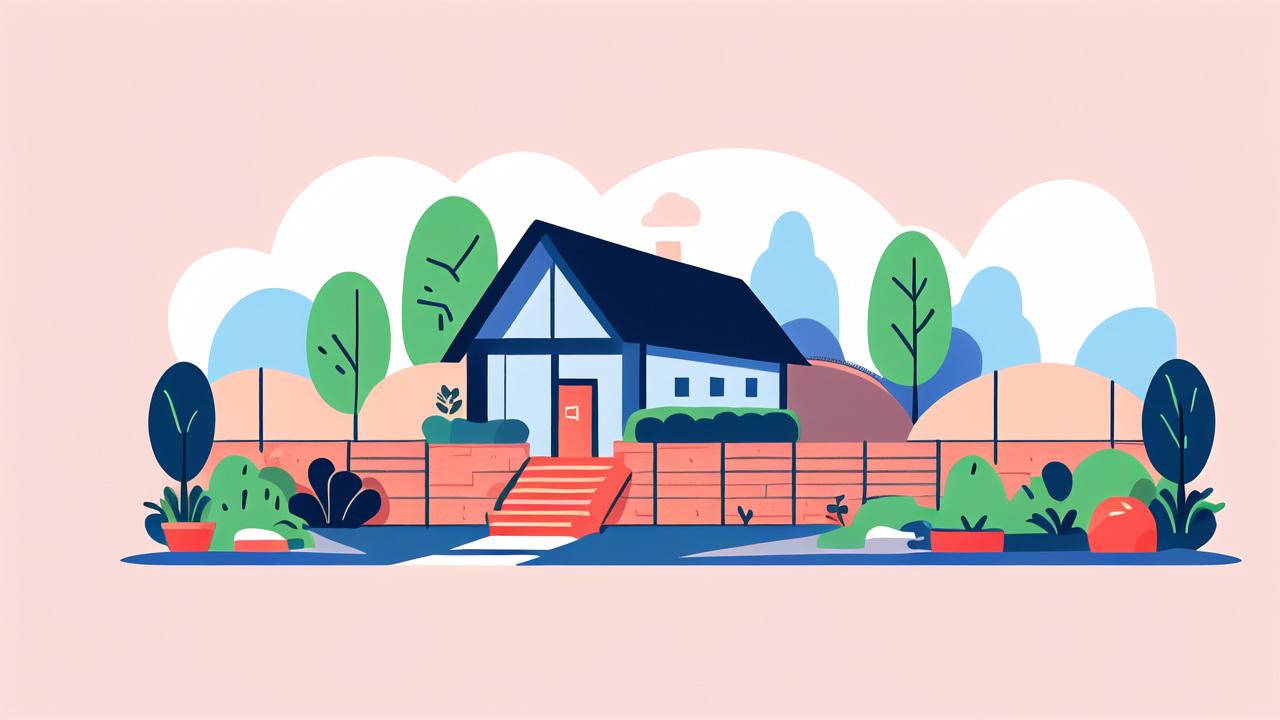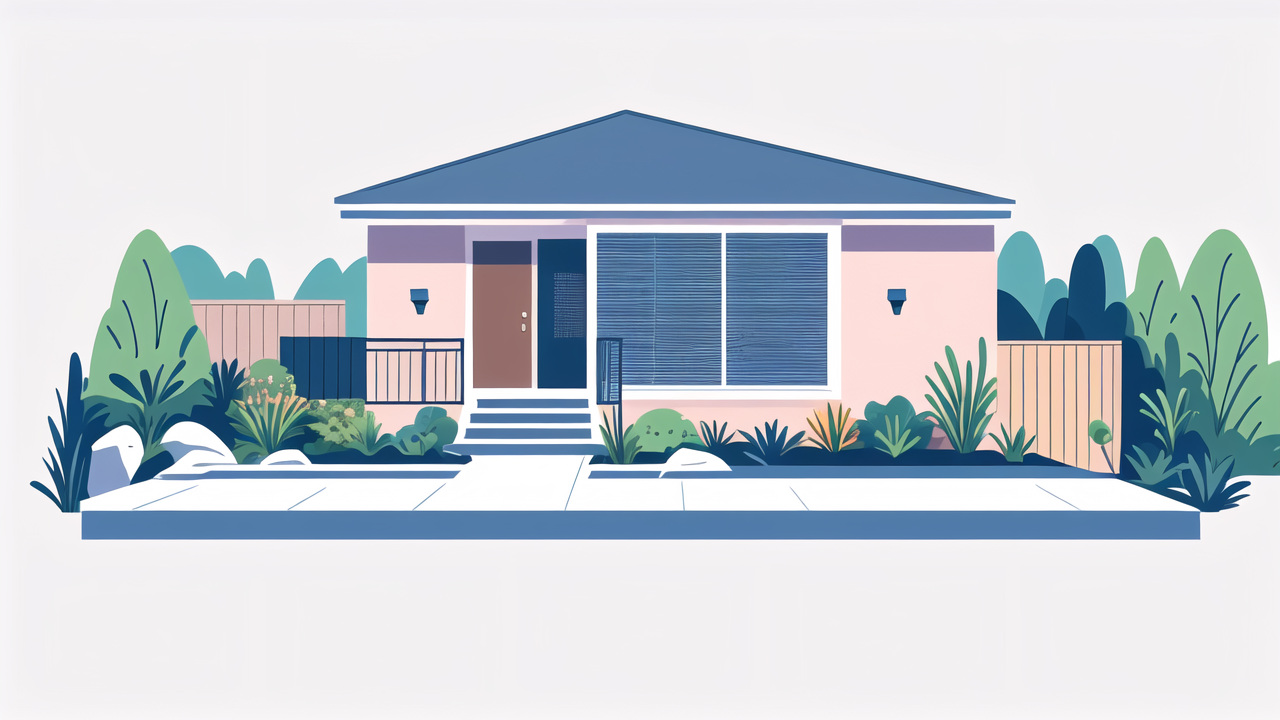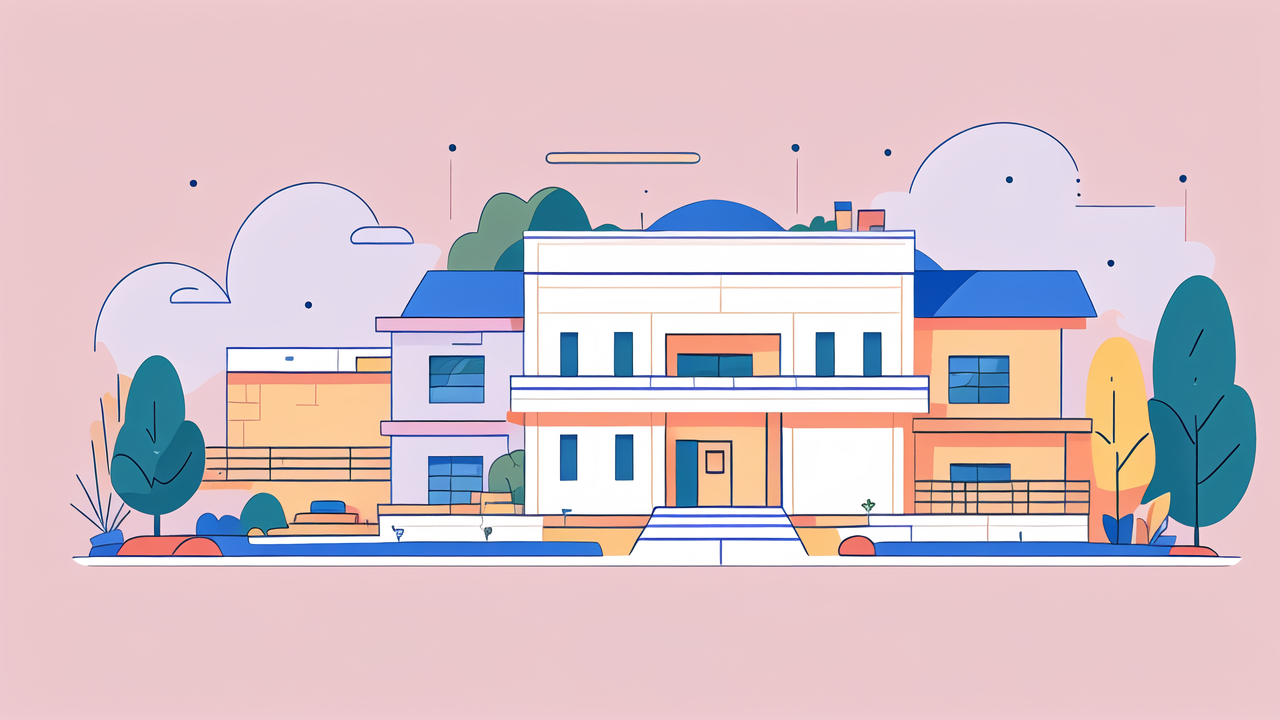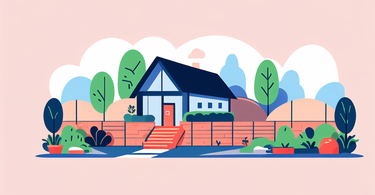Understanding Garden Fences: Purpose and Types
The Role of Garden Fences in Landscaping
Garden fences play a crucial role in landscaping. They define boundaries and create privacy. Fences also add structure to your outdoor space. They can be decorative or functional. Some fences keep pets in and wildlife out. Others act as windbreaks or noise barriers. A well-chosen fence can enhance your garden's overall look. It can create a backdrop for plants or serve as a focal point. Fences can also divide garden areas for different uses. They might separate a vegetable patch from a flower bed. In short, garden fences are versatile landscaping elements. They combine practicality with aesthetic appeal.

Different Types of Garden Fences Available
There are many types of garden fences to choose from in the US. Wooden fences are popular for their natural look. They come in styles like picket, privacy, and split-rail. Vinyl fences offer durability and low maintenance. They mimic wood but resist rot and insects. Metal fences include wrought iron, aluminum, and chain-link. They provide security and an open view. Composite fences blend wood fibers with plastic for strength. Bamboo and reed fences offer an eco-friendly option. Living fences, made of hedges or shrubs, are natural and wildlife-friendly. Each type has its pros and cons. Consider your needs and garden style when choosing.
Factors to Consider When Selecting a Garden Fence
When selecting a garden fence, several factors come into play. First, consider your main purpose. Do you need privacy, security, or decoration? Think about your climate. Some materials fare better in certain weather conditions. Your budget is also important. Fences vary widely in cost. Local regulations may affect your choice. Check zoning laws and HOA rules. Your garden's style should guide your decision. A rustic fence might clash with a modern home. Consider maintenance needs. Some fences require more upkeep than others. Think about longevity. A higher upfront cost might mean a longer-lasting fence. Lastly, consider installation. Some fences are easier to DIY than others.
The Impact of Garden Fences on Property Value and Aesthetics
How Garden Fences Can Enhance Your Property's Value
A well-chosen garden fence can boost your property's value. It adds curb appeal and improves overall aesthetics. A fence can make your property more attractive to buyers. It offers privacy and security, which many homeowners value. A fence can define property lines, reducing potential disputes. It can also create usable outdoor spaces. This expands your home's living area. A fence can protect landscaping investments. This maintains the beauty and value of your garden. Some fences can reduce noise pollution. This is appealing in busy neighborhoods. A fence can also deter wildlife, protecting your garden. All these factors can contribute to a higher property value.

The Role of Design and Material in Aesthetic Appeal
Design and material play key roles in a fence's aesthetic appeal. The design should complement your home and garden style. A sleek metal fence suits modern homes. A rustic wooden fence fits country-style gardens. The material affects both look and function. Wood offers a natural, warm appearance. It can be painted or stained for variety. Metal fences provide an elegant, durable option. They can be ornate or simple. Vinyl fences offer a clean, low-maintenance look. They come in various colors and styles. Stone or brick fences add a timeless, solid appeal. They blend well with traditional architecture. The right combination of design and material enhances your property's overall look.
Customization Options for Garden Fences
Garden fences offer many customization options. This allows you to create a unique look. You can choose from various heights to suit your needs. Color options are plentiful, especially with painted wood or vinyl. Decorative post caps add a finishing touch. Lattice tops can provide extra privacy or support for climbing plants. Gates can be customized in style and size. You might add an arbor for a grand entrance. Lighting can be integrated for nighttime appeal and security. Custom cut-outs or designs can personalize your fence. Mix-and-match panels create interesting patterns. You can even combine materials for a unique look. With so many options, you can create a fence that truly reflects your style.
Best Practices for Installing a Garden Fence
Planning and Preparation: Mapping and Measuring for Your Garden Fence
Proper planning is crucial for a successful fence installation. Start by mapping your property. Mark the exact location where you want your fence. Use a measuring tape to determine the length needed. Account for gates and corners in your measurements. Check local zoning laws and property lines. You may need permits or neighbor approval. Consider underground utilities. Call before you dig to avoid damaging pipes or wires. Think about your fence's purpose when planning height and style. Measure the slope of your land. This affects post placement and panel sizes. Plan for proper drainage to prevent water damage. Create a detailed sketch of your fence plan. This helps with material calculations and installation. Good preparation ensures a smoother installation process.

Selection and Installation: Choosing the Right Fence Materials and Contractors
Selecting the right materials and contractors is key to a great fence. Choose materials based on your budget, style, and maintenance preferences. Consider the longevity of different options. If hiring contractors, get multiple quotes. Check their references and past work. Ensure they're licensed and insured. Ask about warranties on both materials and labor. Discuss the installation process in detail. Understand the timeline and any potential challenges. If DIY installing, research proper techniques. Gather all necessary tools before starting. Follow manufacturer instructions closely. Proper installation ensures your fence lasts longer. It also maintains its appearance and function over time. Take your time in this selection process for best results.
Maintenance and Care: Keeping Your Garden Fence in Top Condition
Regular maintenance keeps your garden fence looking great. Different materials require different care. Wood fences may need annual staining or painting. Check for rot or insect damage regularly. Vinyl fences are low-maintenance but may need cleaning. Use a mild soap and water solution. Metal fences might need rust prevention treatments. Tighten loose bolts and repair any bent sections. For all fences, trim nearby plants to prevent damage. Clean off dirt and debris periodically. Inspect your fence after severe weather. Repair any damage promptly to prevent further issues. Proper care extends your fence's lifespan. It also maintains its appearance and functionality. A well-maintained fence continues to add value to your property for years to come.
